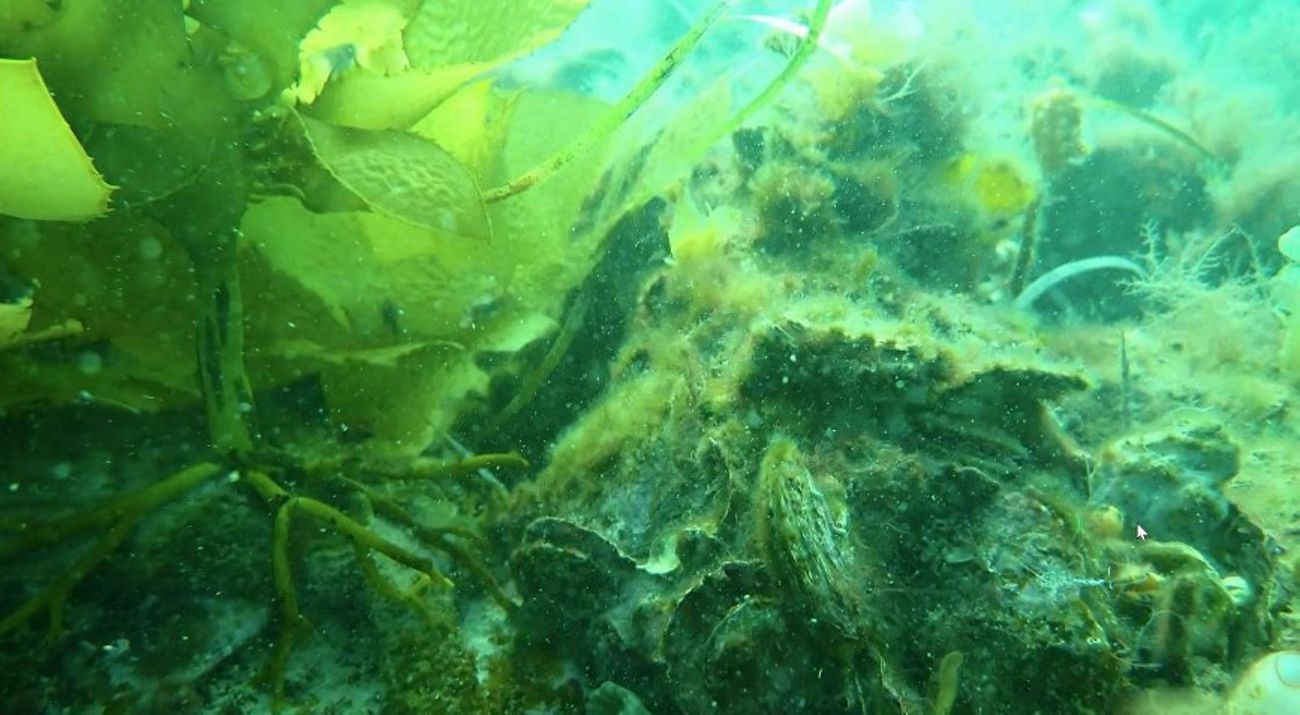Winner - Glenelg Shellfish Reef
2023 South Australian Excellence & Innovation Awards
Excellence in Science and Industry Collaboration
Adelaide is a city of approximately 1.2 million people that lies on the eastern coast of the Gulf St Vincent or Wongga Yerlo in Kaurna language.
A healthy coast is a big part of Adelaide's current and past culture. It's enjoyed by swimmers, beach-walkers, surfers, divers, foragers and fishers—so we all want to protect it for future generations.
The history of Adelaide's oyster reefs
Historical fishing records show that shellfish reefs were once dominated by the Australian Flat Oyster. They were so prolific that they supported a significant oyster fishery in South Australia during the 1800s. In fact, in 1873 the very first legislation written in South Australia was a law to protect oyster beds from overfishing. This was even before the South Australian government was formed.
The discovery of ancient shell middens across the South Australian coastline also signifies the importance of oysters to Kaurna, Narungga, Nukunu, Ngarrindjeri, Banggarla and other Indigenous Australian diets.

Oyster reefs fell into decline
When the first Europeans settled in Australia in the 1800s, large amounts of oysters were harvested for food to support the growing colonies. In the early 1900s the reefs, oysters which were rich in calcium carbonate, were dredged as a source of lime and construction materials to form the foundations of city infrastructure such as bricks and concrete.
Over time, nutrients and sediments within the fresh water running into Adelaide’s coastal waters reduced the ocean’s water quality and clarity. With extensive urban development, the Adelaide metropolitan coastline has experienced significant environmental degradation.
The Glenelg Reef Restoration project
This restoration project, a collaboration between The Nature Conservancy (TNC), The Australian Government and the South Australian Department for Environment and Water, focused on rebuilding Australian Flat Oyster reef ecosystems offshore Adelaide's popular Glenelg beach.
In 2020 (pre-Reef Builder) and 2021 (Reef Builder), 28 low-profile reefs covering 2.1 hectares were constructed at the site. The selection of Glenelg followed extensive mapping exercises along the Adelaide metropolitan coastline, refined by expert review and community feedback through YourSAy.
The construction of the limestone reefs coincided with oyster spawning seasons in the Gulf St Vincent, and shortly after construction 4- million hatchery-raised oyster spat grown on recycled shells at the South Australian Research and Development Institute were seeded onto the reefs.
A temporary fishing closure was immediately implemented to facilitate successful reef establishment and was lifted after one year to allow for fishing activities.
The reefs are coming back to life
At the Glenelg reef, we have seen recovery at a rate greater than expected with mature, encrusting oysters a predominant feature. Initial oyster spat trials conducted before the build yielded promising results, indicating the presence of wild adult oysters nearby.
Early post-construction observations by divers revealed millions of oyster recruitments on the limestone boulders. Monitoring efforts since have confirmed that there are high densities of Australian Flat Oyster populations at Glenelg after two years at 2,436 ind. m-2, far exceeding restoration success benchmarks.
From our diver surveys we have seen squid, garfish, abalone, whiting, blue swimmer crabs with the most common fish species being Degens Leather Jackets (Thamnaconus degeni).
It doesn't stop here
Whilst the monitoring frequency naturally changes as the restored reef bases become settled, the reefs are still monitored for changes.
For more information on the achievements of the Reef Builder initiative, read the 2024 Reef Builder Final Summary Report.
Read More:
